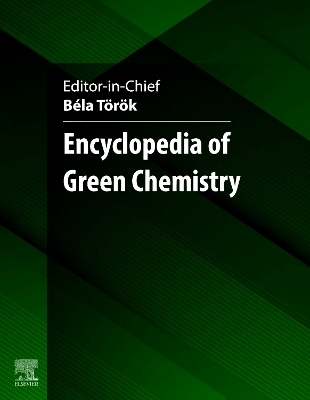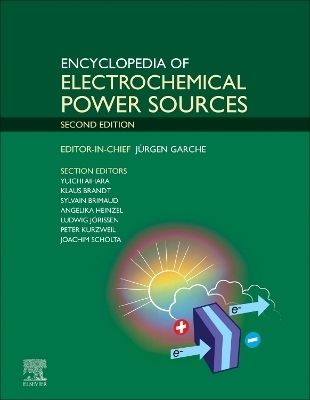
Encyclopedia of Green Chemistry
Elsevier - Health Sciences Division
978-0-443-15742-4 (ISBN)
- Noch nicht erschienen (ca. Februar 2025)
- Versandkostenfrei innerhalb Deutschlands
- Auch auf Rechnung
- Verfügbarkeit in der Filiale vor Ort prüfen
- Artikel merken
Béla Török is a professor of Chemistry at the University of Massachusetts, Boston. His main research focus is on the design of new green chemistry processes for the synthesis of fine chemicals and pharmaceuticals. The major tools applied in his research are heterogeneous catalysis (both metal and solid acid), the application of aqueous medium in organic synthesis and non-traditional activation methods such as microwave and ultrasonic irradiation and high hydrostatic pressure. He has published over 180 papers, written/edited six books. He has been a regional (North America) editor for Letters in Org. Chem. for several years and editorial board member in five other journals. Most notably he is the founding and current co-editor-in-chief for Elsevier’s Advances in Green and Sustainable Chemistry series that successfully launched in 2019.
•Fundamentals of Green Chemistry
History and principles of green chemistry, with a focus on sustainable practices and environmental safety.
•Catalysis
Innovative catalytic methods, with an emphasis of green synthesis applications in pharmaceuticals and petrochemicals.
•Non-Traditional Activation Methods
Emerging techniques, including microwave and sonochemical synthesis, showcasingefficient and sustainable processes.
•Green Production of Chemicals
Evaluating solvent greenness, this section explores bioplastics and biodegradable materials from renewable resources.
•Valorization and Biorefining of Biomass
Focusing on strategies to convert lignocellulosic materials and food waste into valuable products, this section addresses sustainability goals.
•Emerging Technologies in Green Chemistry
This section features advancements like green hydrogen production and continuous flow synthesis, reflecting current research trends.
•Chemical Toxicology and its Application in the Design of Benign Chemical Products
Predictive toxicology; strategies for safer chemical development in response to regulatory demands.
| Erscheint lt. Verlag | 28.2.2025 |
|---|---|
| Mitarbeit |
Chef-Herausgeber: Béla Török |
| Verlagsort | Philadelphia |
| Sprache | englisch |
| Maße | 216 x 276 mm |
| Gewicht | 450 g |
| Themenwelt | Naturwissenschaften ► Chemie ► Physikalische Chemie |
| ISBN-10 | 0-443-15742-1 / 0443157421 |
| ISBN-13 | 978-0-443-15742-4 / 9780443157424 |
| Zustand | Neuware |
| Haben Sie eine Frage zum Produkt? |
aus dem Bereich
